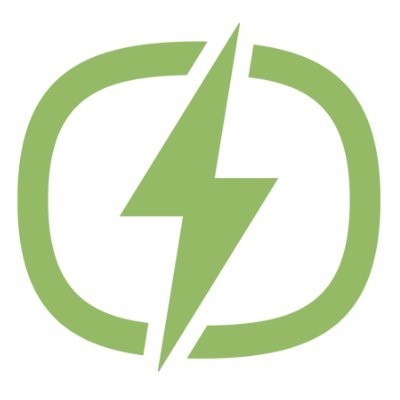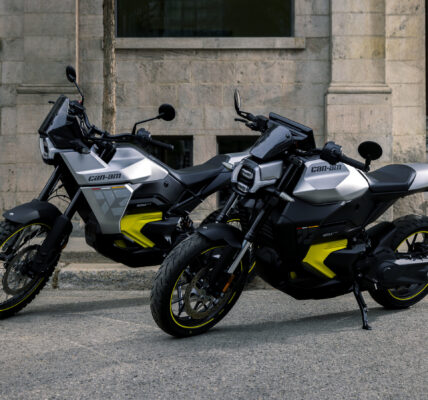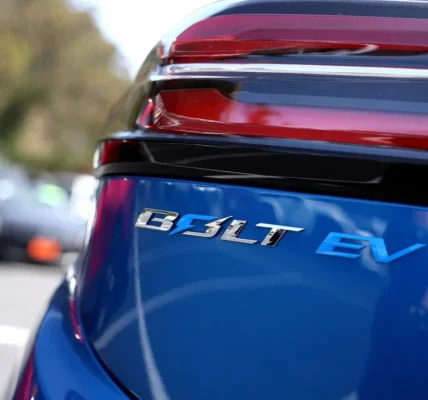The United States has all of the necessary factors for EV charging growth, and the result has been rapid deployment. The legislation passed by the Biden administration, the commitment by U.S. auto manufacturers to transition to electric vehicles, and the variety of charging options in the US have all contributed to EV growth. Unfortunately, many South American countries do not have any of these factors in play, let alone the combination.
Several South American countries, most notably Chile and Colombia, have focused their efforts on providing electric public transportation. This has shown significant growth, as Bogota and Santiago boast two of the largest fleets of electric buses outside of China. That doesn’t mean electric cars have to be neglected, but they have been.
However, the market for passenger cars is only expected to grow over the coming years. With as many as 200 million passenger vehicles in South America by 2050, a robust public electric transportation system is not enough to mitigate the emissions that disproportionately affect South American cities, and electric cars are getting more and more competitive each year. In order to grow the relatively low deployment of EVs across the continent, public charging needs to be made a priority for governments.
A briefing from the International Council on Clean Transportation (ICCT) suggests specific policies that can be implemented to grow the EV industry. First, governments need to establish mandates to install chargers in major urban areas and along highways so that people feel confident in finding charging options while traveling. Providing government incentives for home charging and requiring buildings to offer charging options will provide more opportunity to charge, and encouraging public-private partnerships allows charging companies from the US and Europe to rapidly deploy public chargers.
Electric vehicles and the public chargers that accompany them is a chicken-and-egg scenario. For a region with relatively few electric vehicles, the idea of large-scale investment in public charging stations may sound unnecessary. However, these chargers are needed to demonstrate both public and private commitment to EV adoption. A partnership between charging companies, industry experts, and government agencies will need to be formed to standardize charging infrastructure and make sure that it is located in the areas of biggest need. A report on electric mobility in Latin America and the Caribbean finds that “electric companies or charging operators could partner to increase the coverage of electric vehicle charging infrastructure and enable a universal system or network within countries and at the regional level.”
In conversation with Joseph Vellone, ev.energy’s General Manager for North America, he pointed out the importance of using government subsidies and tax incentives to support the spread of public chargers. Installing public chargers, particularly in large metropolitan areas, increases consumer confidence. Unfortunately, massive infrastructure bills that include EV charging provisions may not be feasible in many South American countries, particularly those that are dealing with political instability and inflation. It will therefore fall to private investment to install Level 2 and DC fast chargers in many South American countries. Rather than focusing on direct subsidies, governments should reduce tariffs on EV-related technology, thereby encouraging deployment without putting strain on their budgets.
While steps are being made to bring EV chargers to South America, there are several factors that are delaying this development. These were outlined in conversation with Juan Carlos Barahona, the Senior Director of Global Sales Operations at Blink Charging. Perhaps the most significant is the lack of standardization of charging ports in the region. There are currently several different charging ports being used across South America, which slows the adoption for the end users. Secondly, Barahona emphasized the importance of government initiatives to grow confidence in EV adoption. Barahona argues “government investment encourages the development of EV adoption, people see the use of EVs and it increases trust.”
Just as several South American governments have invested heavily in public EV transportation, they should focus on electrifying their passenger vehicle fleets to increase confidence in EV reliability. By promoting public-private partnerships, showing commitment to EV development, and standardizing charging ports, South American countries can grow their EV charging networks rapidly and prepare for the influx of electric passenger vehicles.








